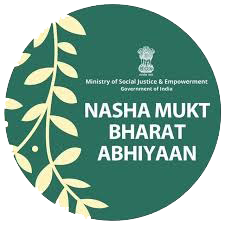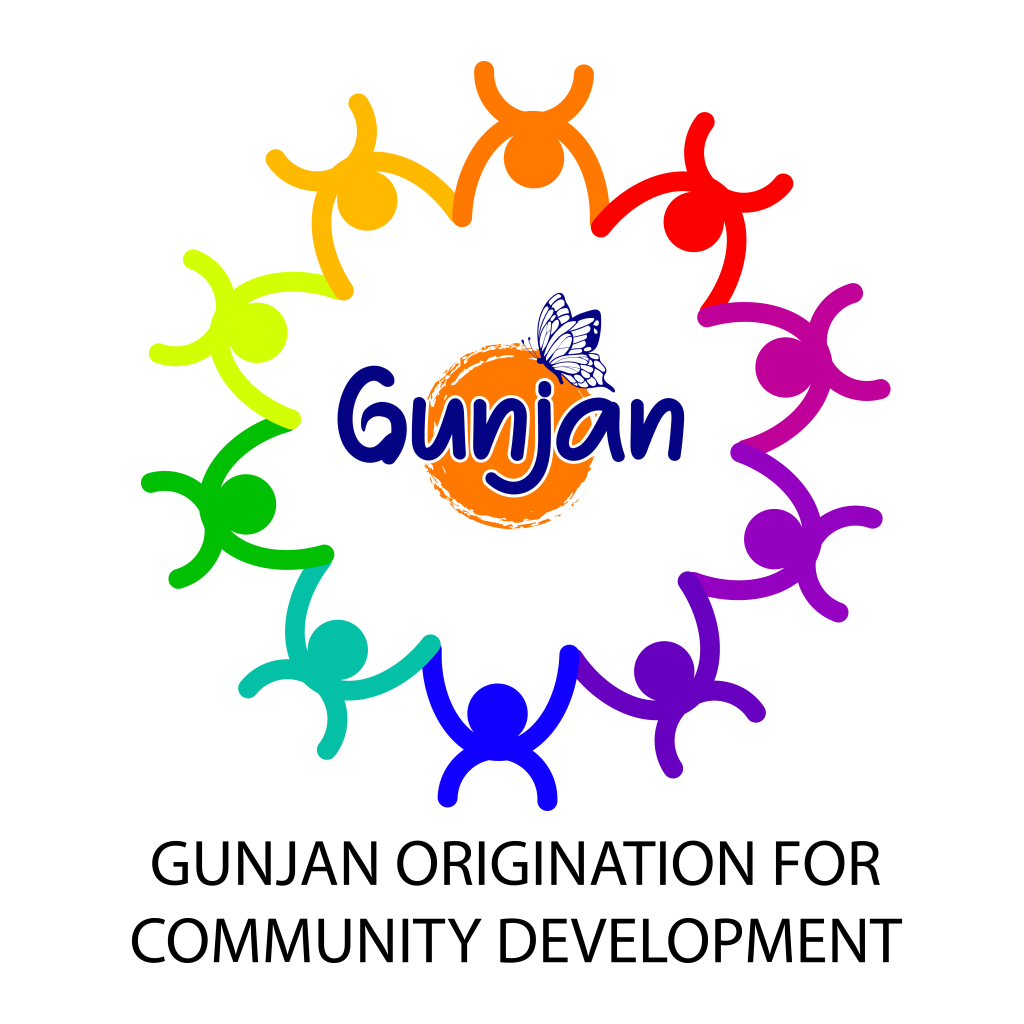Community Care Center (CSC) for PLHIV Community
 The CSC is established under the Global Fund to Fight AIDS, Tuberculosis and Malaria (GFATM) Vihaan – which means Dawn’s First Light. The programme supports PLHIV, including underserved populations who have had difficulty in accessing treatment, including women, children and High Risk Groups (HRGs – FSWs, MSM, TGs, Hijras and male and female IDUs) in both high and low prevalent states and territories. The specific objectives of Vihaan includes – Early linkages of PLHIV to Care ,Support and treatment services, Improved treatment adherence and education for PLHIV, Expanded positive prevention activities, Improved social protection and wellbeing of PLHIV and Strengthened community systems and reduced stigma and discrimination. People Living with HIV need support to access and adhere to treatment, to strengthen the capacity of families to manage HIV infection, to maximize the value of referrals and linkages to social protection schemes and services, to address instances of stigma and discrimination, and to reinforce positive prevention strategies. The organisation is implementing Care and Support Canters in district Kangra and Hamirpur along with Help Desk at Nalagarh of Solan District of Himachal Pradesh. These canters are working with close coordination of ART Canters and catering services to District Kangra, Hamirpur, Bilaspur, Mandi, Kullu and Chamba of the state. Our canters have successfully registered 2116 PLHIVs and link them with various social entitlements and centrally sponsored/ State Government rehabilitation schemes.
The CSC is established under the Global Fund to Fight AIDS, Tuberculosis and Malaria (GFATM) Vihaan – which means Dawn’s First Light. The programme supports PLHIV, including underserved populations who have had difficulty in accessing treatment, including women, children and High Risk Groups (HRGs – FSWs, MSM, TGs, Hijras and male and female IDUs) in both high and low prevalent states and territories. The specific objectives of Vihaan includes – Early linkages of PLHIV to Care ,Support and treatment services, Improved treatment adherence and education for PLHIV, Expanded positive prevention activities, Improved social protection and wellbeing of PLHIV and Strengthened community systems and reduced stigma and discrimination. People Living with HIV need support to access and adhere to treatment, to strengthen the capacity of families to manage HIV infection, to maximize the value of referrals and linkages to social protection schemes and services, to address instances of stigma and discrimination, and to reinforce positive prevention strategies. The organisation is implementing Care and Support Canters in district Kangra and Hamirpur along with Help Desk at Nalagarh of Solan District of Himachal Pradesh. These canters are working with close coordination of ART Canters and catering services to District Kangra, Hamirpur, Bilaspur, Mandi, Kullu and Chamba of the state. Our canters have successfully registered 2116 PLHIVs and link them with various social entitlements and centrally sponsored/ State Government rehabilitation schemes.
Targeted Intervention among Injective Drug Users (TIP-IDU)
Drug use is a major factor in the spread of HIV infection in many settings. Sharing equipment used for injecting drugs transmits HIV, and drug use is linked with unsafe sexual activity that can increase HIV risk. Harm reduction program focus on reducing the transmission of HIV associated with injecting drug use, while not necessarily trying to eliminate drug use itself. HIV prevention programs for injecting drug users (IDUs) focus on decreasing needle use or needle sharing directly the lives of IDUs. This is a comprehensive approach combining structural, biomedical, and behavioral interventions among targeted segment. The program is combination of interventions and strategies as their situation merits, carried out in a manner consistent with human rights obligations i.e. Community-based outreach, Needle Serving Exchange Program(NSP), HIV counseling and testing, Antiretroviral therapy (ART) for IDUs living with HIV, Prevention and treatment of sexually transmitted infections (STIs), Condom programs for IDUs and their sexual partners, Targeted information, education, and communication (IEC) for IDUs and their sexual partners, Vaccination, diagnosis, and treatment of viral hepatitis, Prevention, diagnosis, and treatment of tuberculosis (TB) etc. Organisation is implementing Targeted Intervention Program for Injecting Drug User in Dharamsala and surrounding areas of the town.
Aware parents to reduce HIV transmission from mother to child
Prevention of mother-to-child transmission also known as prevention of vertical transmission refers to interventions to prevent transmission of HIV from a mother living with HIV to her infant during pregnancy, labor and delivery, or during breastfeeding. Approximately one-third of children born to mothers living with HIV will acquire HIV infection in the absence of preventive measures. Although only 14 percent of children who breastfeed up to 2 years will acquire the infection during breastfeeding, they account for 40 to 64 percent of children infected with the virus. The risk of transmission is particularly high if the mother herself acquires her HIV infection during pregnancy or breastfeeding because viral load tends to be highest during the early stages of infection. Mixed infant feeding in the first six months is also associated with an increased rate of mother-to-child transmission. Under ideal conditions, comprehensive prevention programs can reduce MTCT rates to about 1 to 2 percent. Antiretroviral therapy (ART) given to medically eligible women living with HIV during pregnancy reduces transmission by at least 75 percent. Ensuring that treatment eligible women receive treatment is critical not only to prevent MTCT but to protect women’s own health and survival.
The project approach to a comprehensive prevention of mother-to-child transmission strategy i.e Primary prevention of HIV infection among women of childbearing age, Preventing unintended pregnancies among women living with HIV, Preventing HIV transmission from women living with HIV to their infants and Providing appropriate treatment, care, and support to mothers living with HIV and their children and families.
The services package under the program includes; Preventive interventions consist of a cascade of services, including HIV testing and counselling; ARV prophylaxis or ART; safe delivery; safer infant feeding and postpartum interventions such as cotrimoxazole prophylaxis; early infant diagnosis for HIV-exposed infants; and links to treatment and care, as well as standard postpartum child survival interventions. To achieve maximum impact of PMTCT, acceptable levels of coverage, access, utilization, and in some cases, adherence must be attained across the entire continuum of care. Organisation is implementing the prevention of mother-to-child transmission programme in district Kangra and Himirpur of Himachal Pradesh. The role of Anganbari workers of appointed under ICDS is also insured in the programme.
Vulnerability Assessment of HIV and AIDS Among Out of School Youth
Targeting out-of-school youth is a key component in any HIV prevention program, given that they are more likely to be sexually active than those enrolled in educational institutions. Once these youth are out of the institutional set up, they get the exposure from the community which might drive them to vulnerability.
Reducing Substance Use Related To HIV Vulnerability in Female Drug Users & Female Partners of Male Drug Users
Substance use and HIV are serious health concerns in India and present significant challenges for the civil society, public health authorities and the national government. Women are hit hard by drug abuse in two main ways. First is when they use drugs themselves. These risks are obvious. However, secondly, even if they do not use themselves but are the wives or partners of drug users who may also be injecting, they face severe problems. When this happens, the burdens that women are forced to bear include financial and emotional difficulties. Children are neglected. Often they themselves are beaten. Their dignity is compromised. Women are often not in a position to negotiate safe sex with their partners and especially under the influence of drugs and alcohol. The health risks associated with substance use adds to their burden. They are often not able to access services for drug treatment as well as for HIV care and support. The Organisation has covered 389 Female Drug Users and the Female Partners of Male Drug Users through this intervention.


